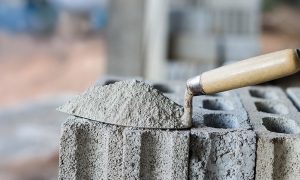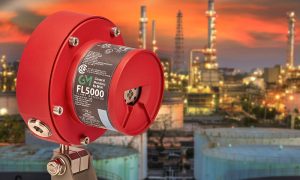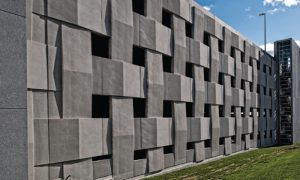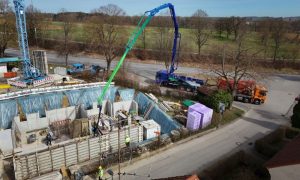Mitsubishi research addresses carbon dioxide capture in concrete
Waste gas to mineralise and permanently lock in when embedded in reinforced and cast-in-place concrete

Carbon dioxide drawn from construction industry and related processes, such as steel mills, power plants and cement manufacturing facilities, may soon be injected into concrete to help the industry reduce carbon emissions.
According to research being carried out by Japanese industrial giant, Mitsubishi Corporation (MC), the waste CO2, once embedded in concrete, will mineralise and remain permanently locked in.
The Tokyo-based multinational said most current carbon-recycling technologies are limited in scope as they focus on unreinforced concrete, such as concrete blocks. Partnering with Chugoku Electric Power and Kajima Corporation, MC is trying to enhance the mineralisation capabilities and broaden the application of the technologies.
The research partners are to looking to improve the technology and apply it to the reinforced and cast-in-place concretes used in construction.
MC said its proposal for continuing research and development in this technology has been selected for the international NEDO grant programme, which promotes industrial technology and developments in carbon recycling.
























